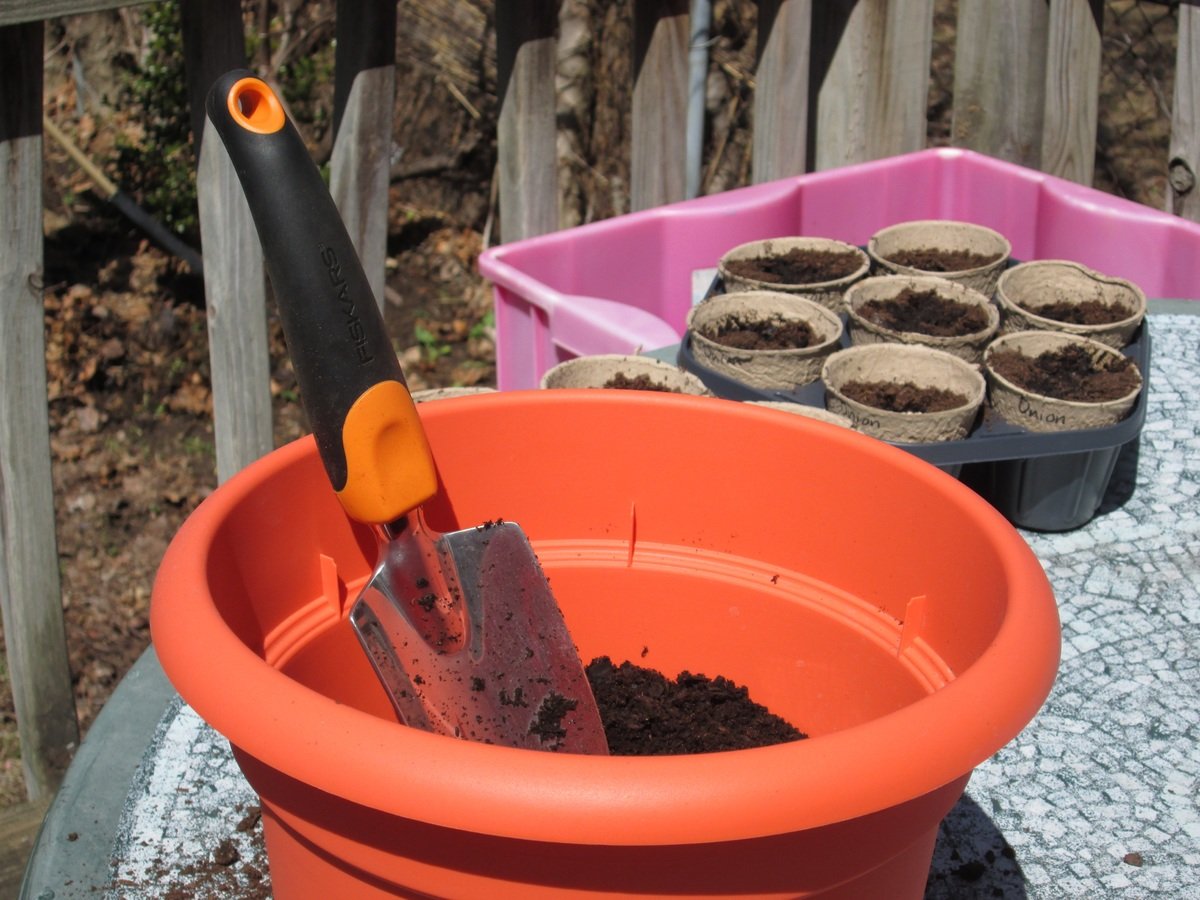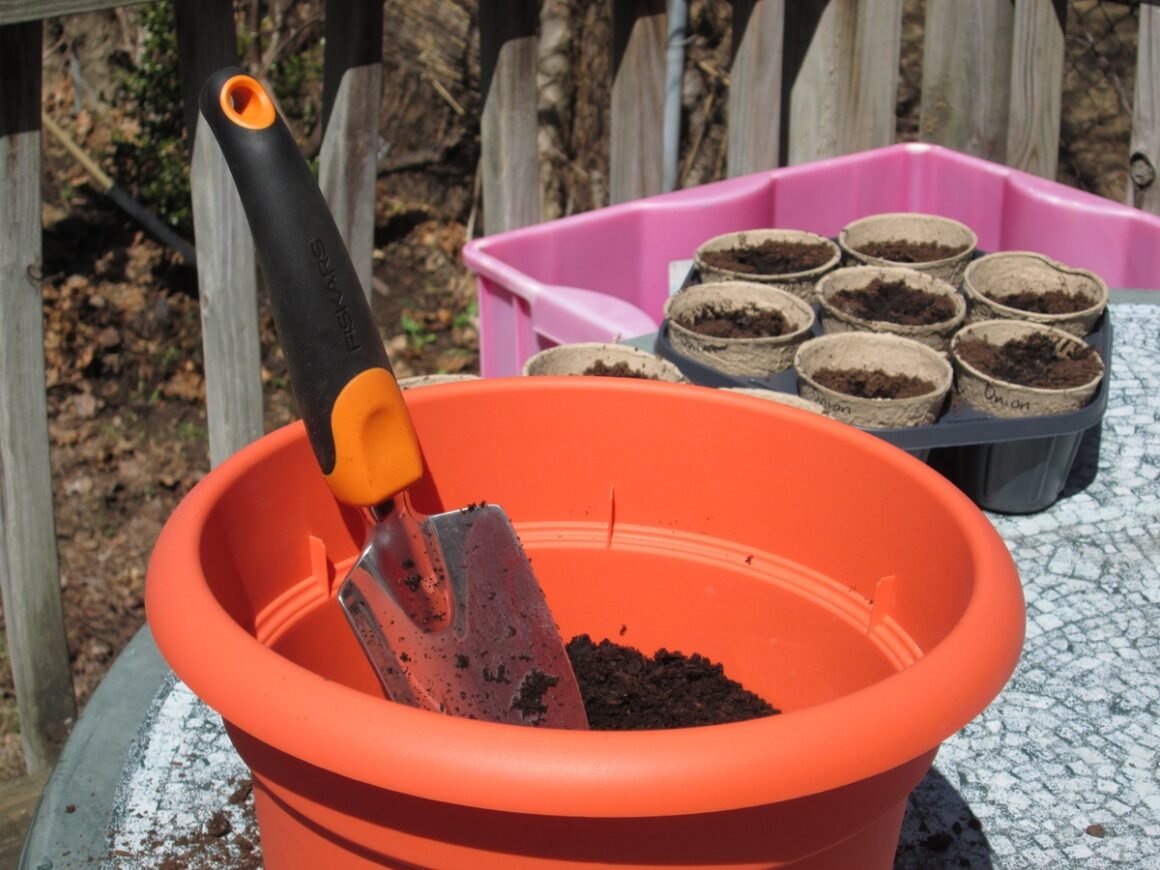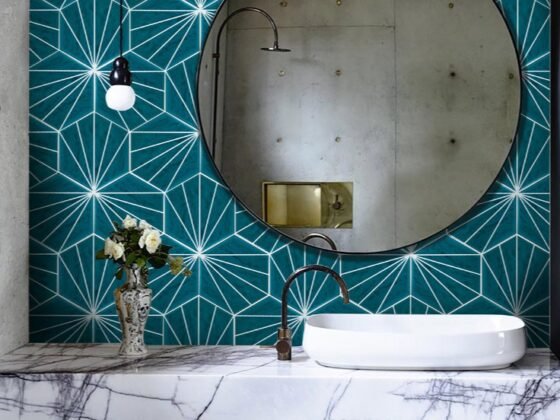Table of Contents Show
Animals and difficult soil and weather conditions are just some of the challenges facing suburban gardeners. Fortunately, an effective solution to these issues comes in the form of container gardening.
Container vegetable gardening is a method that reduces the external problems that would otherwise affect outdoor gardening.

On Fig & Spruce, it’s indicated that this form doesn’t require an in-ground patch or vast room.
It also allows you to grow a vast assortment of products, which are mostly nightshades, successfully.
That may all sound fine and dandy, but it doesn’t mean you don’t need to put in as much work for your garden to thrive.
You still need to secure all the right things, from the correct supplies and plants to the containers and spots ideal for your chosen produce.
Today, we’ll go over these aspects of container gardening to help keep your plants from wilting under your care.
What to Use for Container Gardening
Container gardening may seem easy, but it’s not without its fair share of effort. Much of this effort should focus specifically on research since understanding each tiny detail of the venture is critical to making it work.
The Right Container
Small containers don’t usually cut it in container gardening. If you want your plants to thrive, their containers have to have more than enough room.
Pots that lack room requires more watering and could dry out easily. On the other hand, large enough pots and self-watering planters extend the time between watering sessions.
Weight is also an important consideration for selecting a container. An already-weighty pot becomes heavier when filled with soil and plant material, so it could be best to move it to its designated location before filling it up.
Appearance, too, is essential since the look of your container should also go with your overall garden theme.
Specific containers can also be good for particular types of plants. Fabric pots, for instance, are excellent for flowering plants.
Pick ones with gorgeous designs to add a whimsical feel to your vegetable garden.
Soil depth also shouldn’t be overlooked. Wrongly estimating this part could stunt some of your plants’ root systems, resulting in their unhealthy growth.
Remember, the deeper the pot, the more water it holds.
A self-watering planter should keep you from worrying about this matter. It has a built-in water reservoir under the container that allows you to keep planting depth at a minimum.
Read Also:
- Container Gardening Strawberries Potted Plants: How to Grow Strawberries in Pots
- Container Gardening & Front Yard Lanscaping: 5 Tips For Container Gardening
- Container Gardening for the Fall Season: Potted Plants Fall Garden Ideas
- An Introduction to Container Gardening: When You Have No Space
- 10 Container Gardening Tips: Creating a Garden in a Pot
Right Plants
As mentioned previously, container gardening doesn’t work for all plants. When picking your produce, select ones you know can actually thrive in this type of controlled environment.
Note that this form of gardening limits soil depth and other factors that normally aren’t an issue in outdoor gardening.
Below are some of the many excellent candidates for vegetables to grow in your urban garden:
- Lettuce
- Chard
- Potatoes
- Peas
- Tomatoes
- Eggplants
- Summer Squash
- Pole beans
- Broccoli
- Okra
Other Considerations
The right pots and plants can only take you so far. True success in container gardening can only be obtained when you also nail the following:
Planter Location
The minimum sunlight requirement for vegetables and produce is around six hours, except for lettuce and other salad greens, which can get by with less.
On the other hand, produce with an affinity for sunlight, such as peppers, tomatoes, and beans, can get as much of it as they can without any negative impact.
If your yard doesn’t get as much sun as you would like, consider adding casters or placing your plants on caddies.
They allow you to move them from one spot to another easily, depending on the sun’s angle.
Wind should also impact planter location because some types of vegetables and containers just cannot withstand it.
In fact, most of your plants would be fine in spots where the wind is minimal. If you live in a particularly windy area, consider erecting a makeshift windbreak made from fabric or a portable fence.
Pot arrangement should also help address this matter. You can arrange larger containers so that they shield the smaller ones.
You can also cluster them together to boost humidity, which helps your garden become more productive.
If you are using some kind of support in your container, you should pay special attention to the wind.
This element can easily affect how a support tool is positioned, which can influence plant growth negatively when ignored or overlooked.
Soil Selection and Potting
Bagged topsoil or garden soil isn’t something you should use in your containers. Ideally, you should use a potting mix that’s “soilless” because it retains moisture better than actual soil when removed from its natural location.
It also resists compaction, which could prevent nutrients from spreading across the soil smoothly.
So, What’s Next?
We’d tell you to start planting your container garden today, but that’s entirely up to you!
However, as you can see, there is not much to the venture but some research and fact-checking. Once you’re aware of the do’s and don’ts, a thriving garden is almost a certainty.










